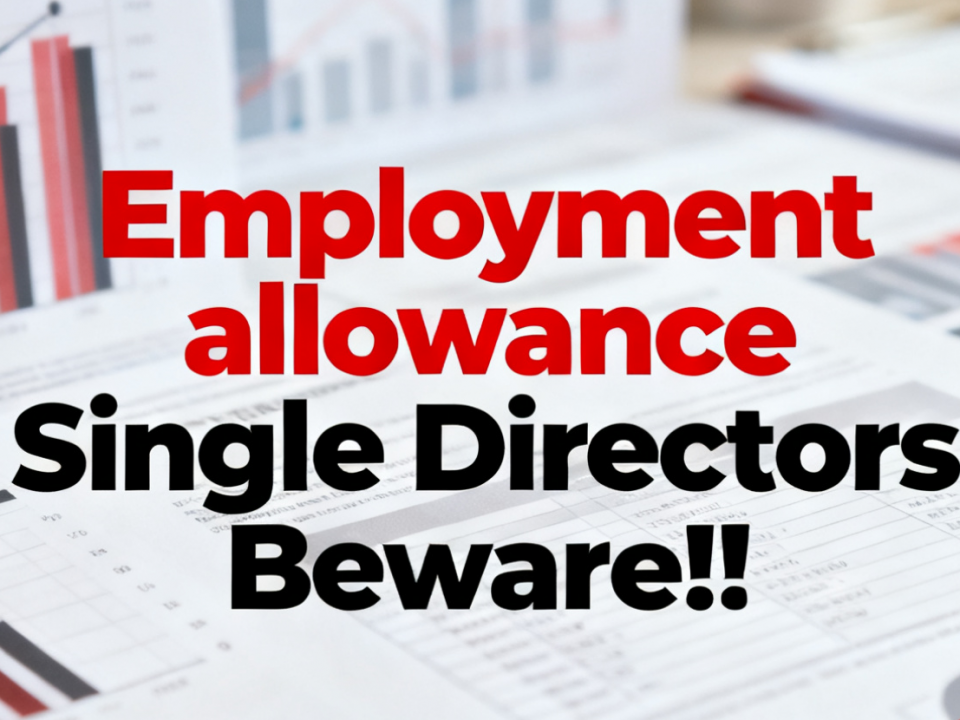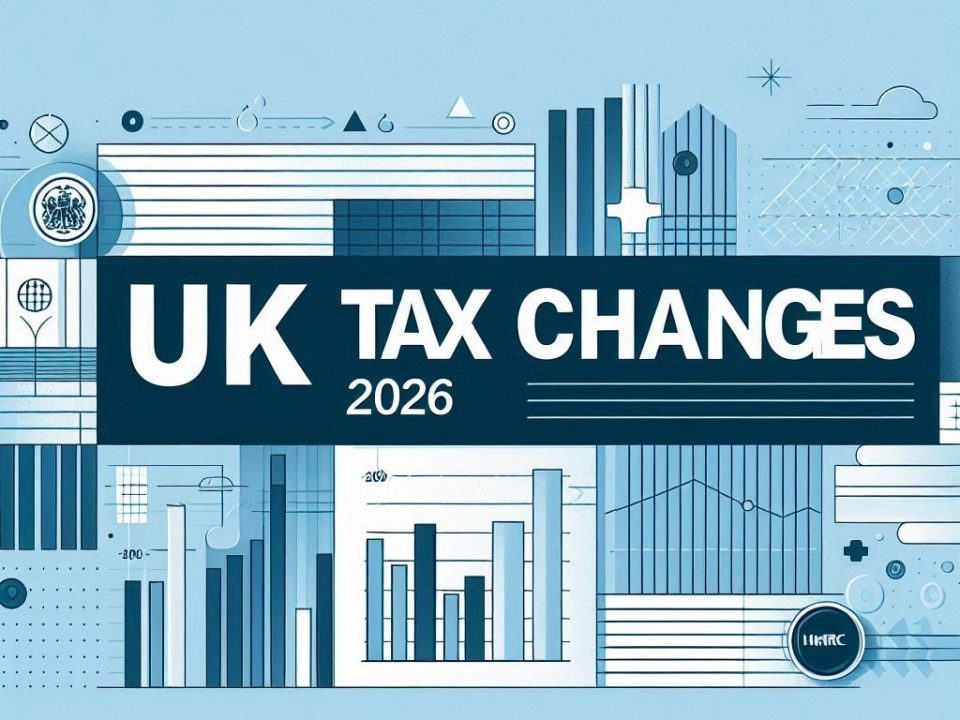Autumn 2024 Budget Update: Key Changes for Businesses and Individuals
October 30, 2024Setting Up a Property Investment Company? Don’t Miss This Key Step!
November 10, 2024Understanding the s455 Charge on Director’s Loans: What Every Director Should Know
For many directors, managing cash flow through their company’s funds can sometimes mean borrowing from the business to cover personal expenses. While this might seem straightforward, it can lead to unexpected tax implications if not carefully managed. One of the key taxes that applies to these transactions in the UK is the s455 charge. Let’s dive into what the s455 charge is, when it applies, and how you can avoid it.
What Is a Director’s Loan?
A director’s loan is when a director borrows money from their company that isn’t classified as a salary, dividend, or a formal business expense. Director’s loans can offer flexibility, allowing a director to temporarily access company funds, especially in times when personal cash flow might be tight.
However, it’s essential to remember that any funds taken out as a director’s loan are a debt owed back to the company. HM Revenue and Customs (HMRC) monitors these loans closely and applies the s455 charge if the loan remains unpaid at certain intervals.
What Is the s455 Charge?
The s455 charge is a tax applied to director’s loans that remain unpaid nine months and one day after the end of the company’s accounting period. It’s designed to discourage directors from using company funds as a source of personal income without declaring it as salary or dividends, which are subject to tax.
If a director’s loan balance isn’t repaid within this period, HMRC imposes a tax charge of 33.75% on the outstanding loan amount, which the company must pay. This is often referred to as the “section 455 charge,” named after section 455 of the Corporation Tax Act 2010.
How Does the s455 Charge Work?
Let’s say your company’s financial year ends on 31st March. If you’ve taken a director’s loan and haven’t repaid it by 1st January of the following year (nine months and one day after year-end), the s455 charge will apply. This charge remains in place until the loan is repaid or written off.
If you do pay off the loan after the charge is applied, HMRC will eventually refund the tax, but it will take some time—nine months after the end of the accounting period in which the loan is repaid.
Key Points to Remember About the s455 Charge
• Applies to Loans Not Repaid by Deadline: The charge applies only if the loan remains unpaid nine months and one day after the end of the company’s accounting period.
• Charged at 33.75%: The s455 charge rate is 33.75% of the outstanding loan amount.
• Potential for a Refund: If the loan is repaid after the charge has been paid, the company can claim a refund. However, this process can be slow, and the refund isn’t immediate.
• Personal Tax on Written-Off Loans: If a company decides to write off the loan instead of seeking repayment, the director is personally taxed on the written-off amount as if it were a dividend, subject to income tax.
How to Avoid the s455 Charge
While the s455 charge can be costly, there are strategies directors can use to manage or avoid it:
1. Repay the Loan on Time: The simplest way to avoid the s455 charge is to repay the loan within nine months and one day of the company’s year-end. You could also consider taking a salary or dividend to cover the repayment, though these options would be subject to personal tax.
2. Avoid Cycling Loans: HMRC doesn’t allow “bed and breakfasting” (taking out a new loan soon after repaying the old one) to avoid the s455 charge. If HMRC sees that loans are repaid just before the nine-month deadline and reissued soon after, it may still apply the s455 charge.
3. Plan Distributions Effectively: Directors can often meet their cash flow needs by planning dividend distributions or adjusting their salary, both of which avoid the s455 charge.
4. Use Professional Advice: A tax advisor can help you structure withdrawals in a way that maximizes tax efficiency. This could include balancing salary and dividends or working with a repayment schedule to avoid penalties.
Real-Life Example: Managing a Director’s Loan
Consider Jane, who is the director of her own limited company. In January, Jane borrows £8,000 from her company to cover personal expenses. The company’s year-end is 31st March, so Jane must repay the loan by 1st January of the following year to avoid the s455 charge. If she can’t pay it by then, her company will face a tax bill of £2,700 (33.75% of £8,000).
To avoid this, Jane decides to declare a dividend in December, which she uses to repay the loan. This approach lets her avoid the s455 charge while still accessing company funds.
Key Takeaways
The s455 charge can be a significant cost if director’s loans are not managed carefully. For many directors, avoiding the charge is a matter of planning repayments and understanding HMRC’s rules.
At Taxes Done Right, we can help you navigate the complexities of director’s loans, find ways to avoid unnecessary taxes, and make sure your company’s finances are working for you.
Need more guidance? Reach out to us today for a consultation.



